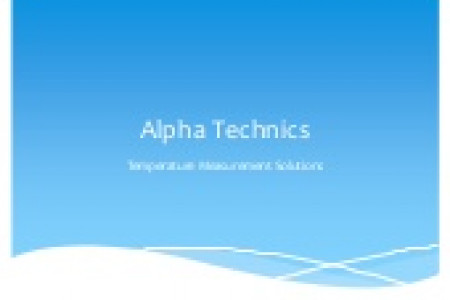
Solar Eclipses: An Observer's Guide
SPACE. www.SPACE.com THE MECHANICS OF ECLIPSES OF THE SUN A transit of the moon across the face of the sun - commonly called a solar eclipse - can be a dramatic event for viewers. In the case of a total eclipse, the sun's light is blocked completely, and is replaced midday by an eerie gloom. Even a partial eclipse - one where the sun is not fully covered - is an exciting and wondrous sight. CREDIT: NASA/HINODE Variation in apparent Solar eclipses happen due to a cosmic coincidence. From Earth's surface, our moon's apparent diameter just about coincides with that of the sun. The moon appears sizes as seen from Earth, to scale just large enough to completely cover the sun under certain circumstances. SUN FARTHEST MOON FARTHEST SUN NEAREST MOON NEAREST Earth and moon: size and distance to scale NEAREST (PERIGEE) 225,622 mi (363,104 km) EARTH FARTHEST (APOGEE) 252,088 mi (405,696 km) SHADOWS FALLING IN SPACE The Earth, moon and other orbiting bodies of the solar system cast long shadows through space. When the moon's shadow falls onto the Earth, people on the ground see the sun obscured as the moon passes in front of it. The darkest part of the moon's shadow - the umbra - is no Unlike the moon, the Earth has an more than 166 miles wide (267 kilometers) on the surface of the Earth atmosphere. Sunlight bent by travel through the air causes the edges of Earth's shadow to become reddish. UMBRA PENUMBRA ECLIPSE PATHS The geometry of the sun, moon and Earth changes with every eclipse. The narrow path of the moon's shadow will wander to different places each time, but every place on Earth will be exposed to a solar eclipse at some point in history. The map shows all solar eclipses occurring between the years 2001 and 2020. 2000 Aug01 2015 Mor 20 2008 Aug 01 2012 Aug 2 2016 Mar 09 200 22 2006 Mor 2 2010.n1 2016 Mar0e 2000 a2 2019 Ju2 20g aun 21 2010 11 2012 Nov cce Dec 2000an. 2012 Mo 13 2000 Dec 04 | PARTIAL ECLIPSES TOTAL ECLIPSES CREDIT: FRED ESPENAK, NASA/GSFC TYPES OF SOLAR ECLIPSES Due to variations in distance, not all eclipses are total. Every eclipse passes through a partial phase as the moon slowly moves across the sun. Even at the height of an eclipse, the moon may not completely cover the sun. PARTIAL ECLIPSE TOTAL ANNULAR ECLIPSE HYBRID ECLIPSE ECLIPSE In this special kind of Only part of the sun is When the moon completely covered by the moon. The eclipse may A hybrid eclipse occurs partial eclipse, the moon when the tip of the is slightly too far away moon's shadow lifts off the surface of the Earth cover the sun. The edge at some point. This fallen, and the air temperature of the sun is still visible means that some observers along the obscures the sun, unique effects occur. The solar corona becomes visible. Animals and from Earth to exactly birds think that night has continue to a total or annular phase. (CREDIT: NASA/HINODE) may drop. (CREDITS: Williams all around. College Eclipse Expedition Jay M. Pasachoff,Muzhou Lu and Craig Malamut) path see a total eclipse, while others will see an annular eclipse. SOURCES: NASA, GODDARD SPACE FLIGHT CENTER, ROYAL ASTRONOMICAL SOCIETY OF CANADA KARL TATE / © SPACE.com
Solar Eclipses: An Observer's Guide
Source
http://www.s...aphic.htmlCategory
ScienceGet a Quote








